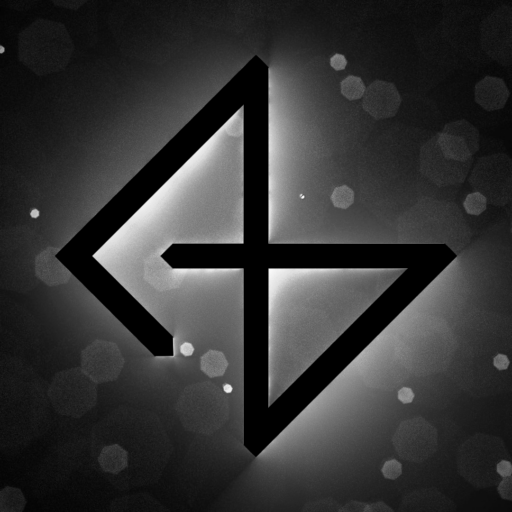The last two weeks were a bit more relaxed/casual.
Inspiration and Reference
I spent quite some time playing games for reference (the first few hours of Death Stranding and Doom 2016) where I focused a lot on trimsheets and textures and the general environment. I had fun while at it, so it wasn’t all for the art. Another game I played was “The Spirit And The Mouse”. I only played it for an hour and was curious about the gameplay and art style. I enjoyed the different perspective and verticality in the level design, but other than that it was a collectathon with simple fetch quests, and that’s not my cup of tea. I don’t think it’s necessarily a bad game, as I am not really into Spyro, Animal Crossing, Stardew Valley and other very popular games either. It’s just not something I enjoy.
I studied some of the artbooks I had as well, like TitanFall 2, Death Stranding and Battlefield 4, and looked up some art on ArtStation.
I also watched a few tutorials and video essays about writing and storytelling in general and also relating specifically to games. It gave me inspiration on how to edit and improve some parts of the story and characters I wasn’t quite happy with yet. I still have some pacing and delivery issues to sort out, but I’ll work on that when I get to it.
Okami Fanart Collab
I worked more on the collab with Bl3iz-Du. The collab is a fanart of Amaterasu from Okami. I showed some progress pictures in the last devlog. I rigged and animated it and adjusted the shader and colors a bit, this is the progress so far
It’s almost done, but I need to adjust the tail and add follow-through, and my partner is working on the glaive. She informed me that Okami’s 19th release anniversary is in April 20th (which is coincidentally also my birthday), so I hope we can finish it by then. I had lots of fun, and surprisingly I also had a lot of technical things compared to normal projects.
I was asked about the animated flowing lines, so here’s a short breakdown :
I used two textures : one for the lines fully drawn, and a grayscale texture where it’s dark at the beginning of a stroke and bright at the end (I used another mesh + baking to generate it easily, but it can be hand painted)
I “scrolled” the gradient, passed it through a color ramp to sharpen it and multiplied it with the original lines texture. You can see the video below (ignore the bake “errors”, they’re not an issue where there are no strokes)
Environment Portfolio
I worked more on the environment portfolio project. The first thing I did was to improve the player avoidance algorithm for the companion drone. The logic is simple enough : add force in the opposite direction if the drone is too close to the player. The trickiest part was to tweak the distance and force to get it working just right.
I disabled the collisions with the player entirely, so it just clips through instead of blocking you if in some cases it can’t avoid the player in time (low FPS and/or very fast movement).
This is not a mechanic I’m presenting to the player, since it’s just for the portfolio screenshots and recordings, so I’m not polishing it more than it needs to.
I tried my hand at some sketches. I’m terrible at drawing, but it’s good enough to have some ideas quickly sketched before I model them out. The bottom right one is just a top-down warehouse organization where I tried to make it efficient to navigate for several machines at a time. It’s not the most efficient, but I think it’s better than a grid system. Plus a regular grid system is boring anyway
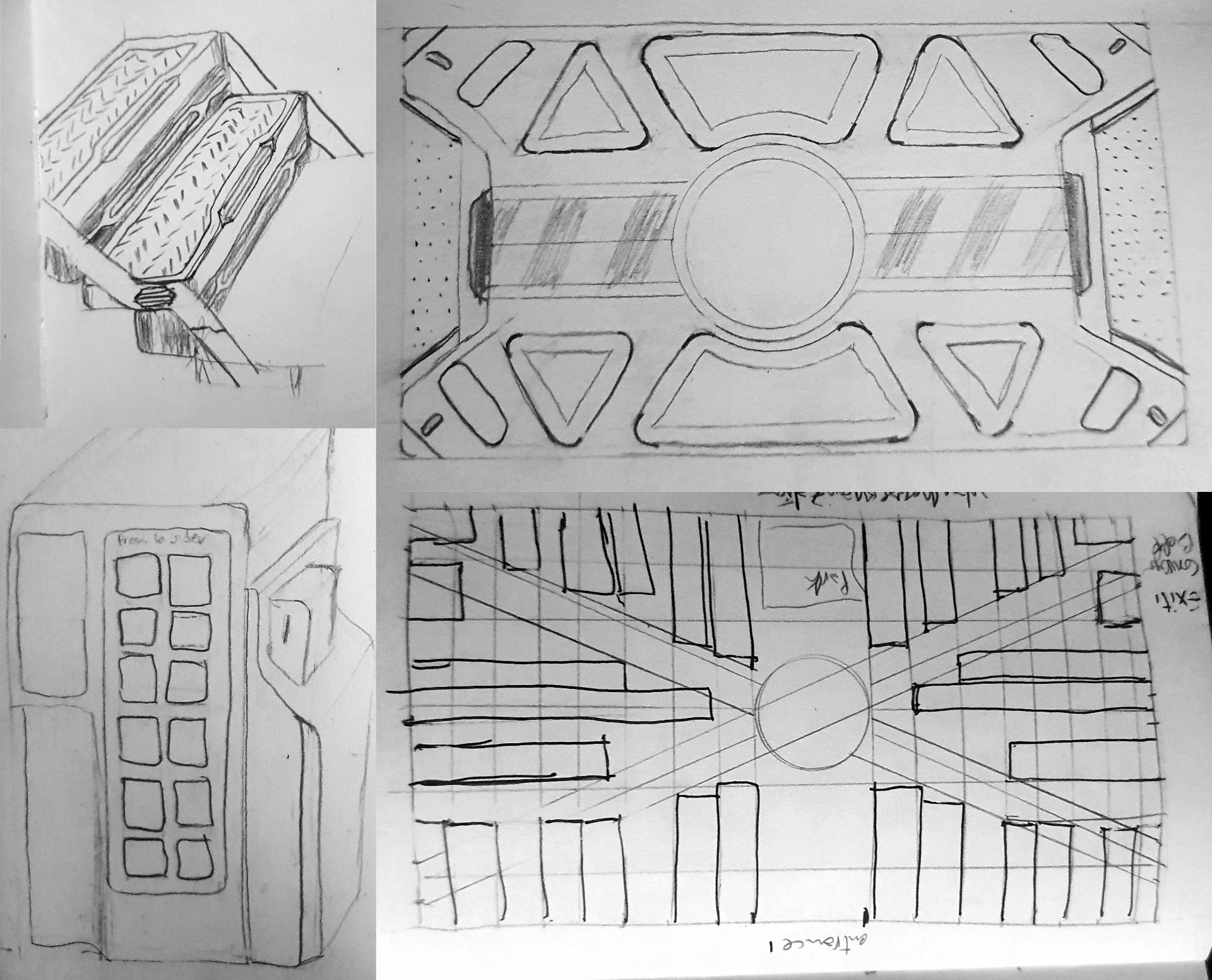
And finally I added more models using the metal structure trimsheet. They all have simple geometry and don’t hold up well up close, but they are background props and that doesn’t matter.
They all use 1 material, even if they seem to have different colors. I used the 2nd UV channel and a color pallette to set the colors.
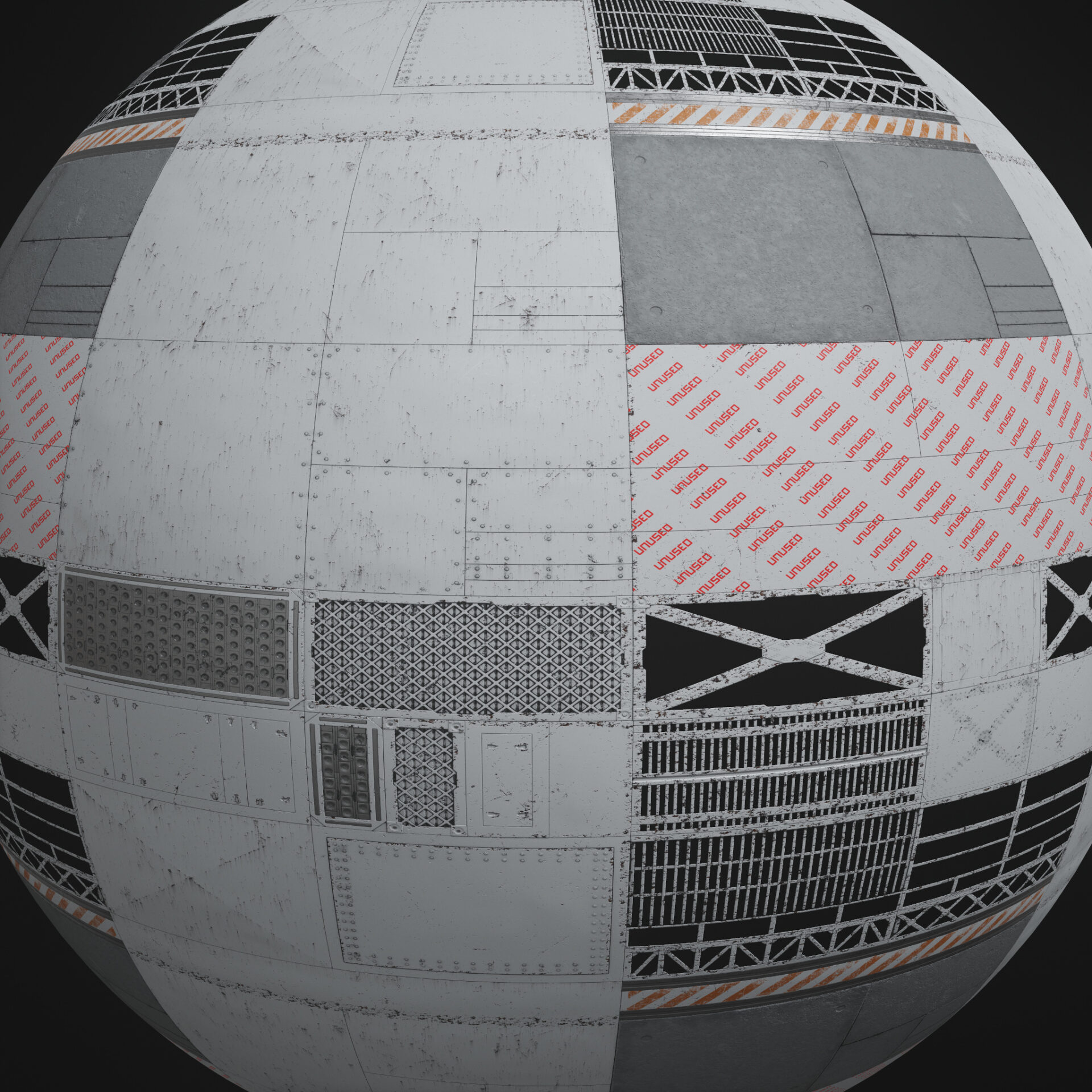
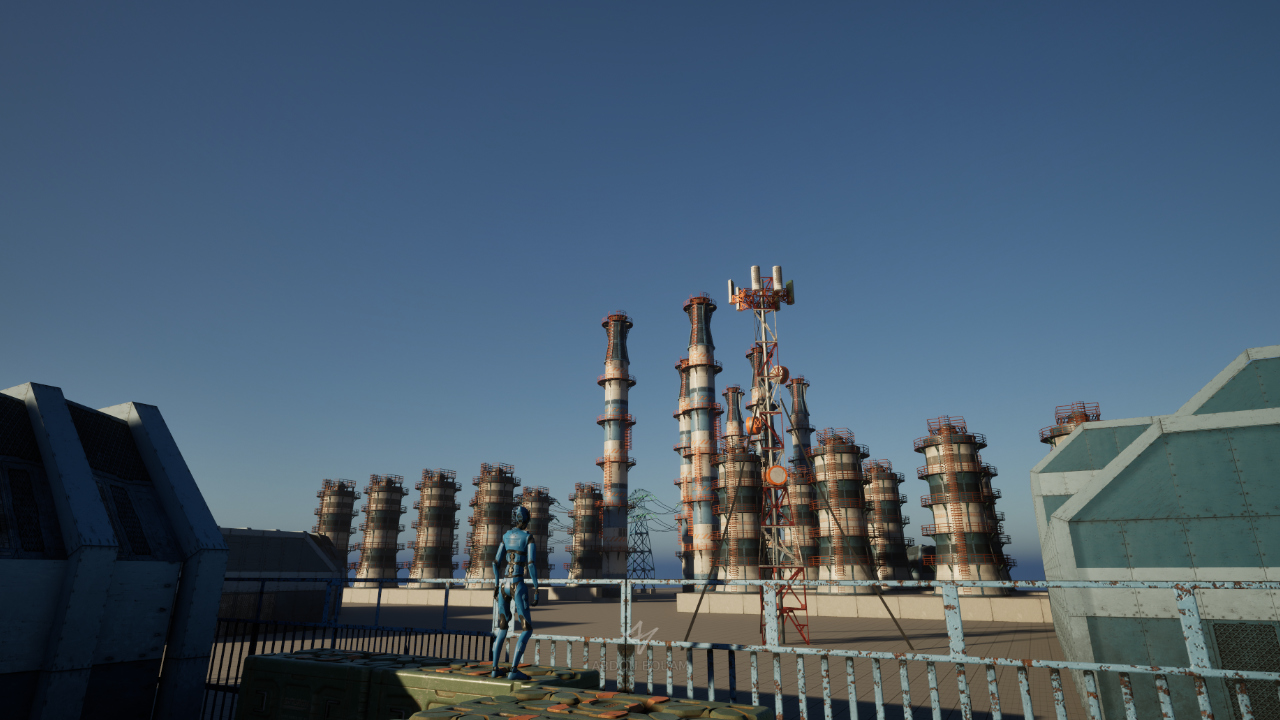
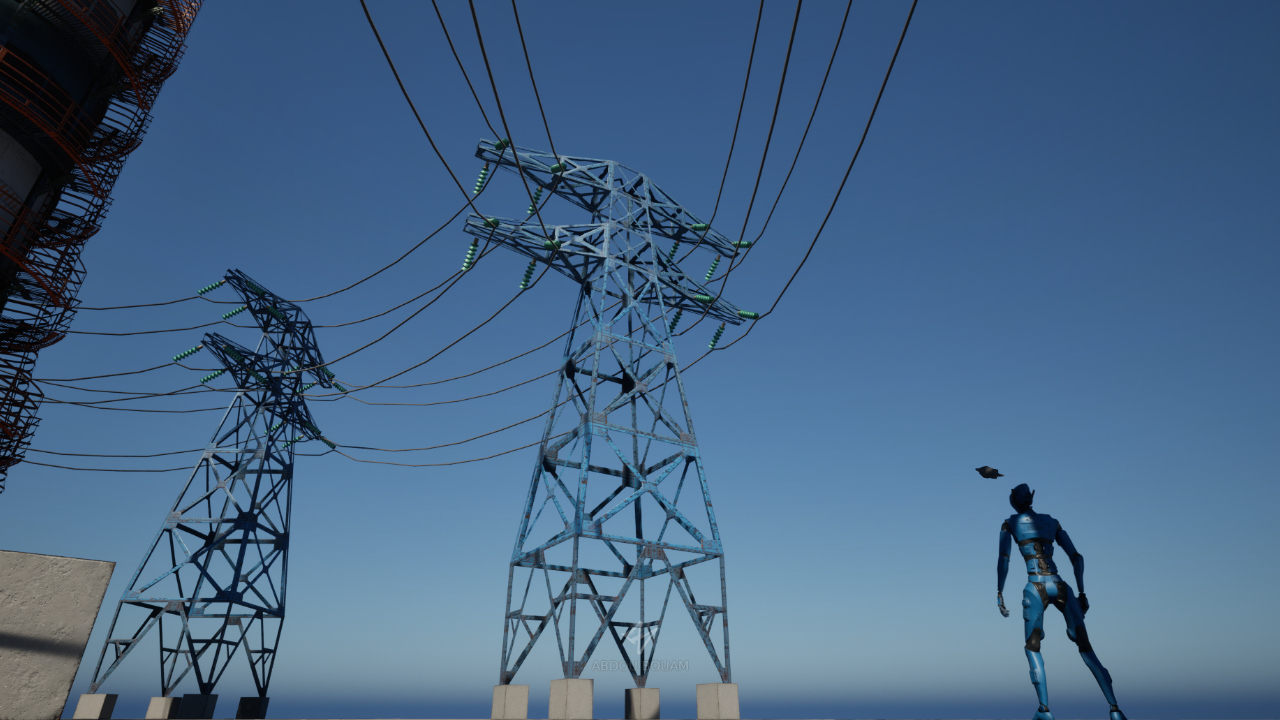
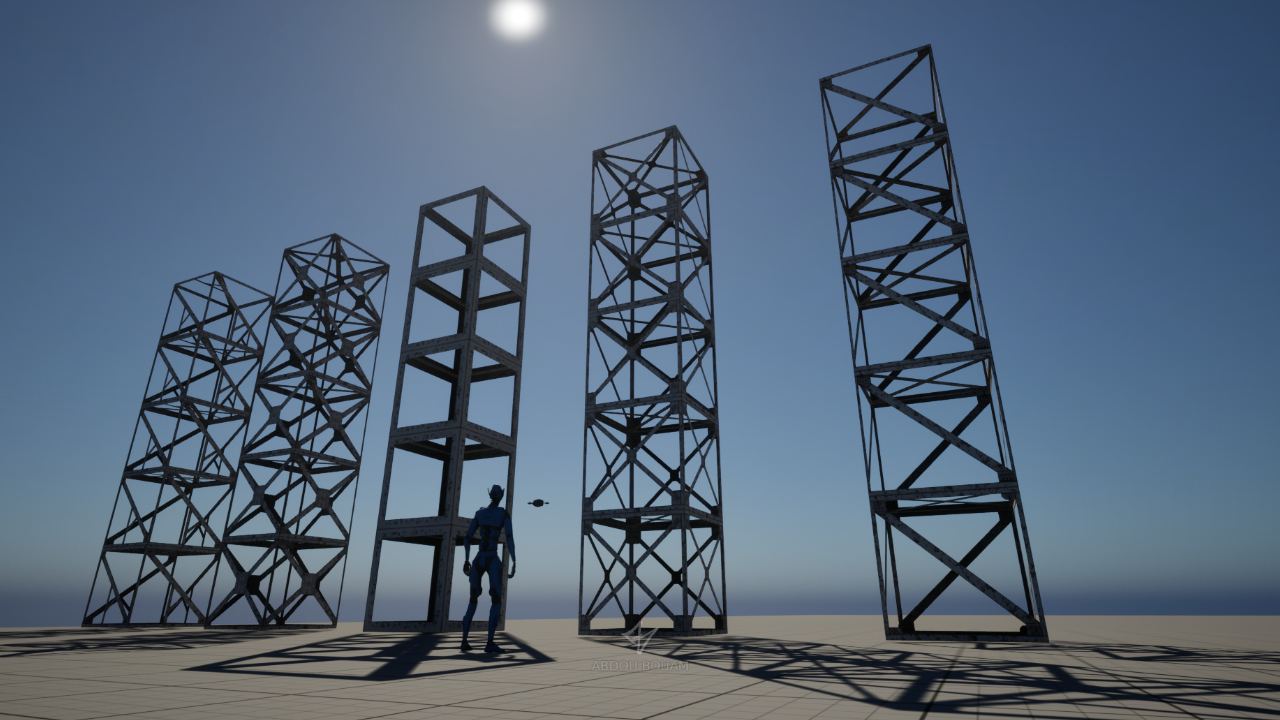
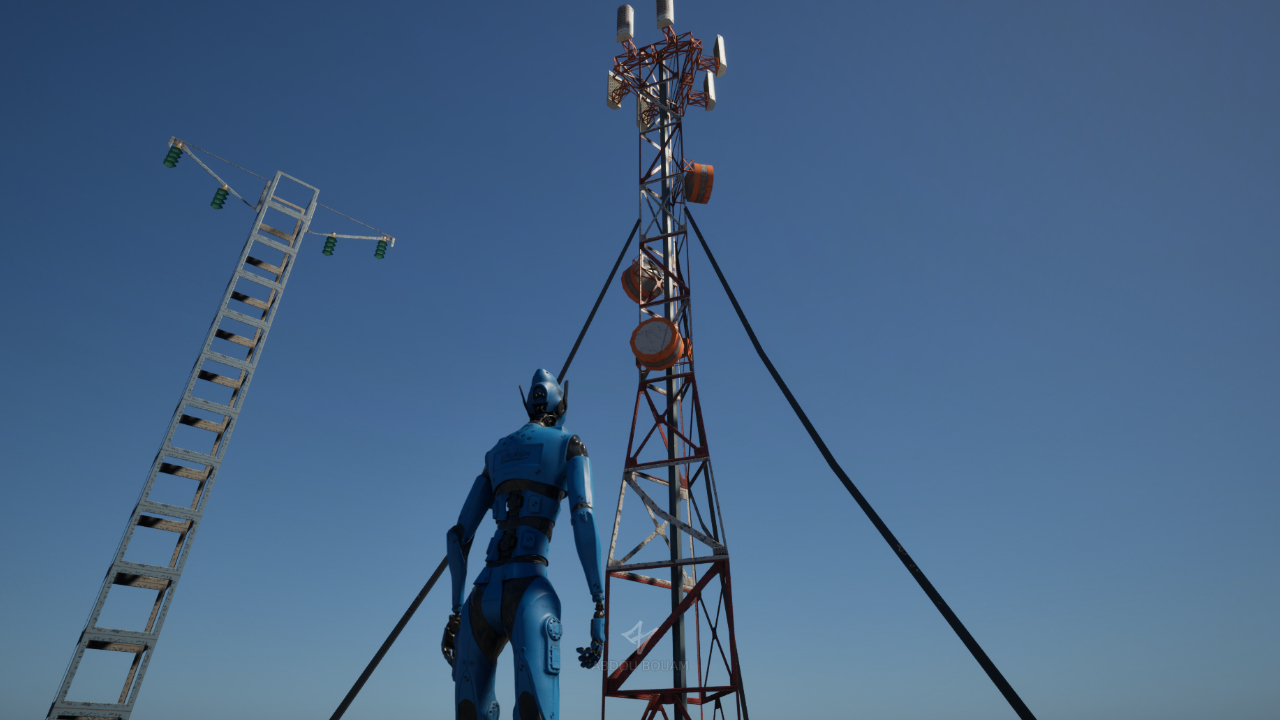
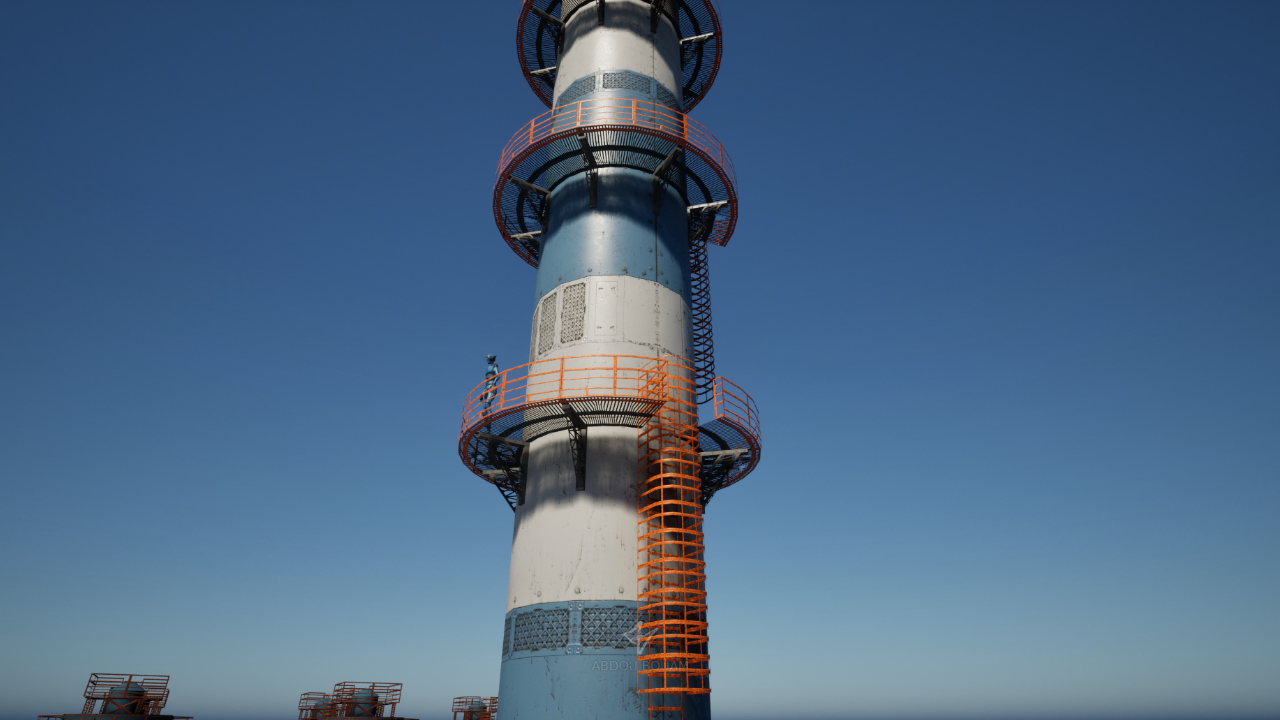
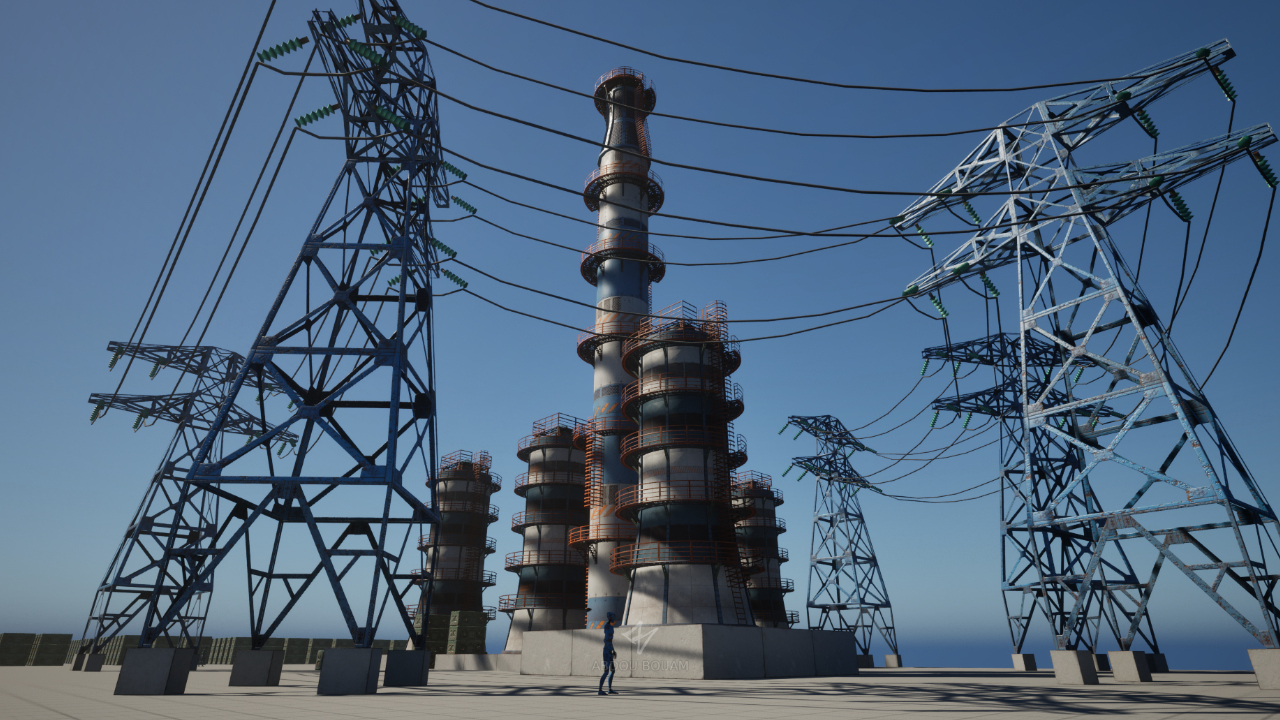
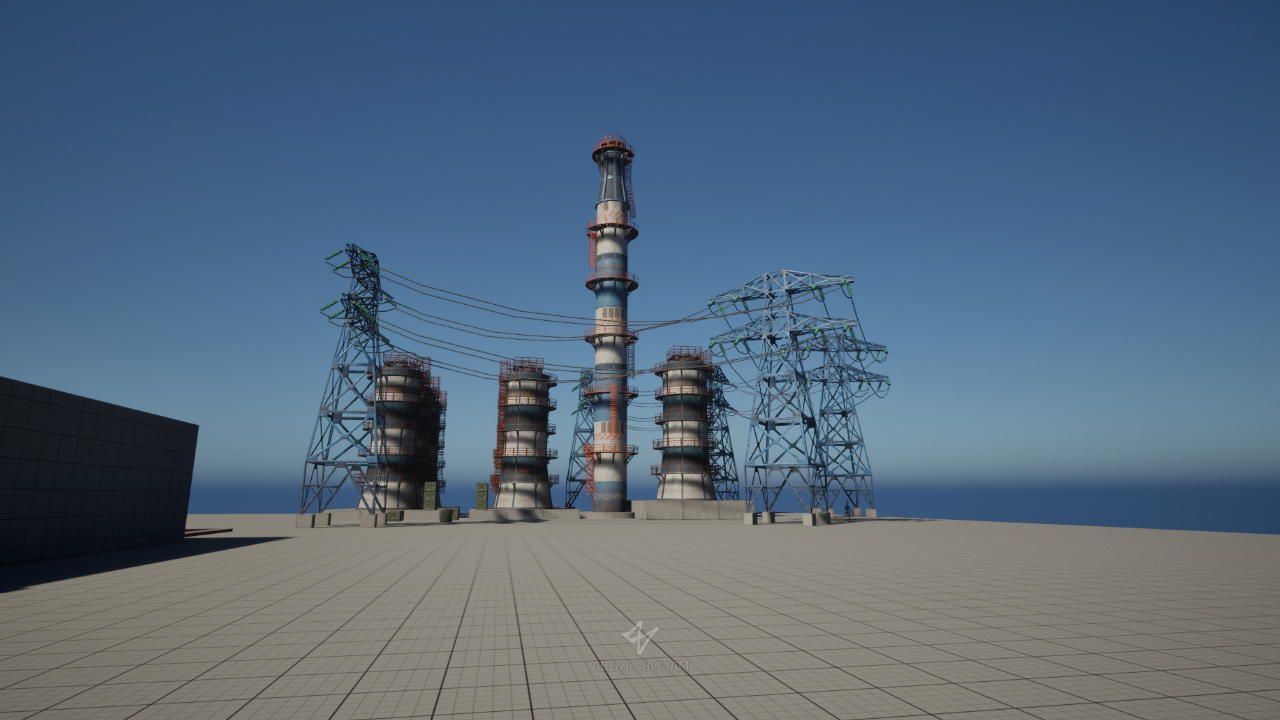
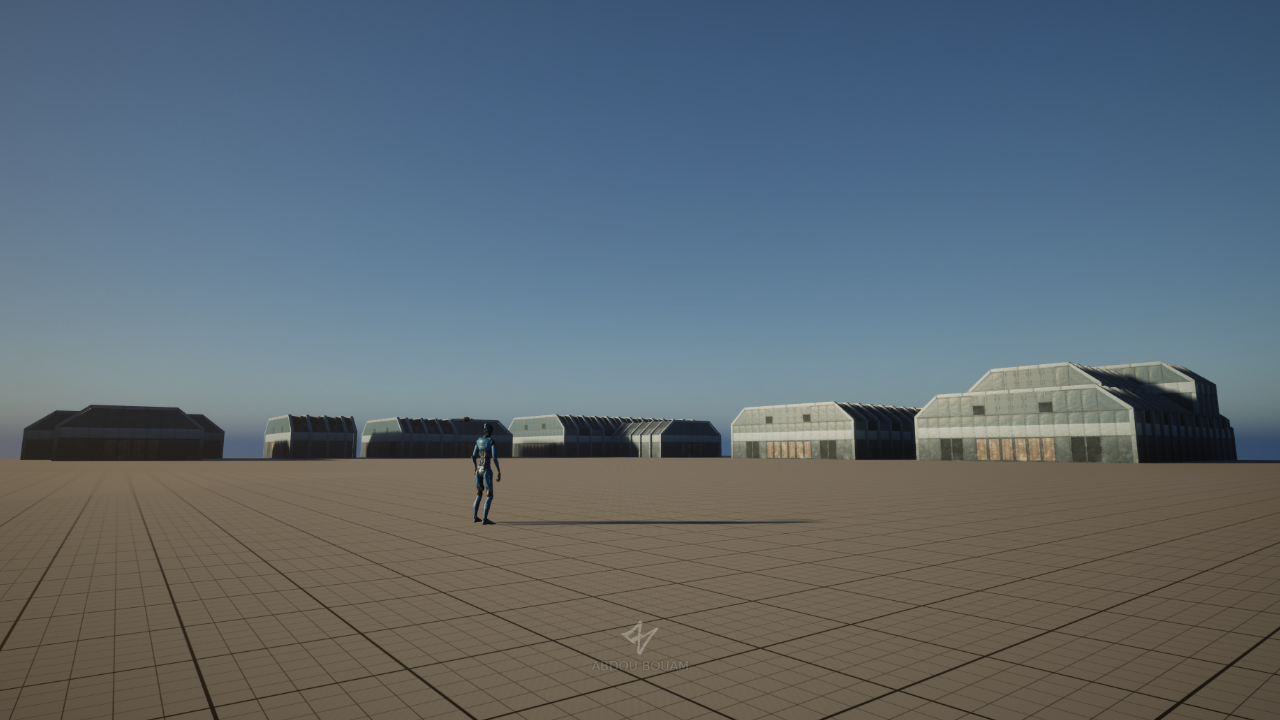
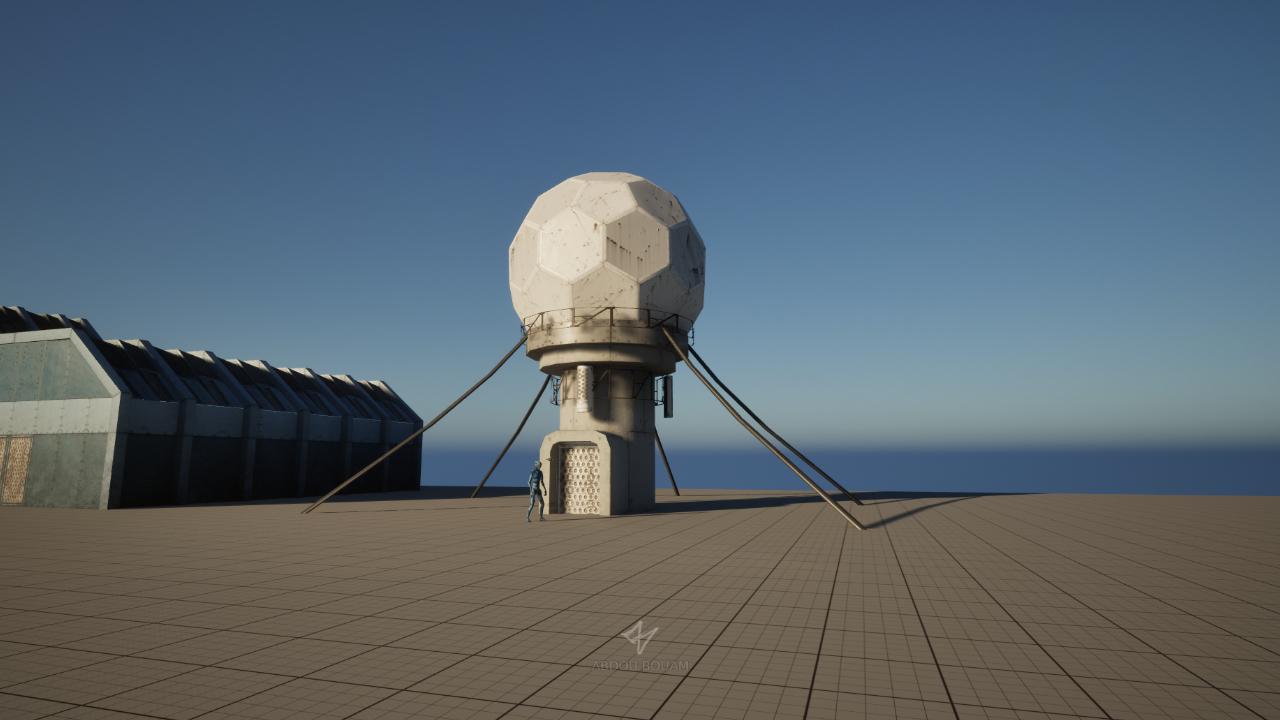
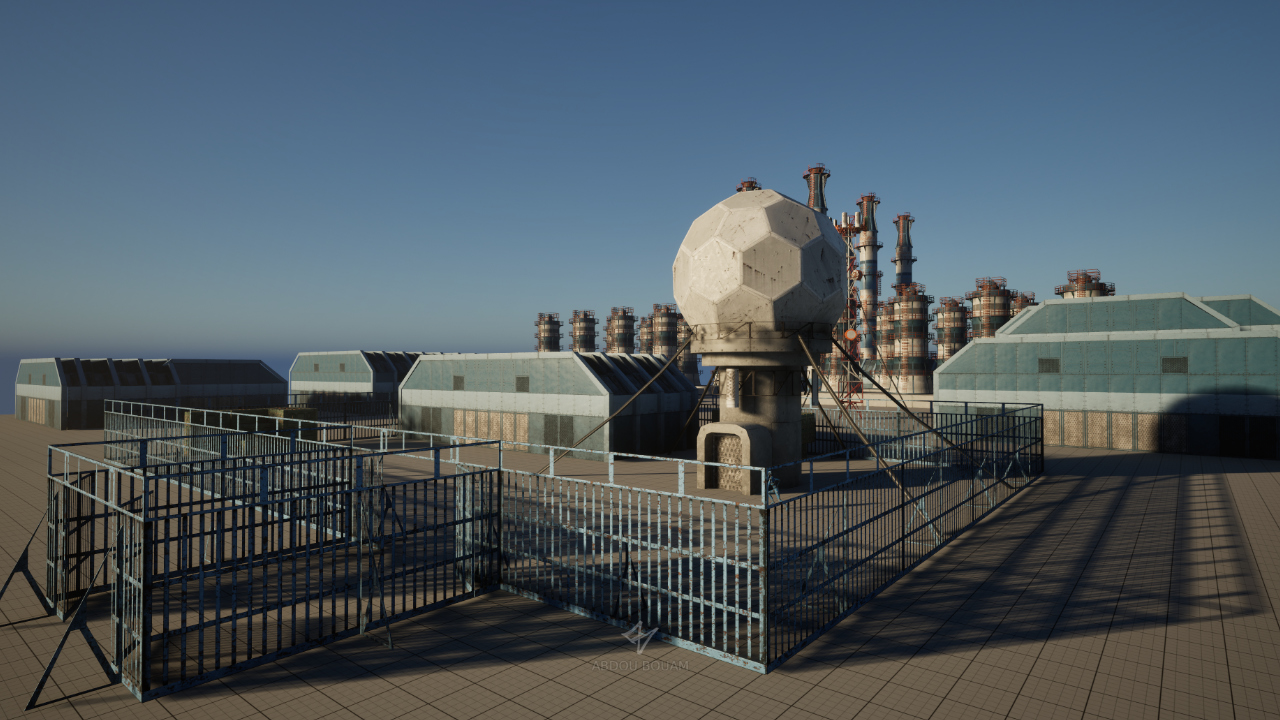
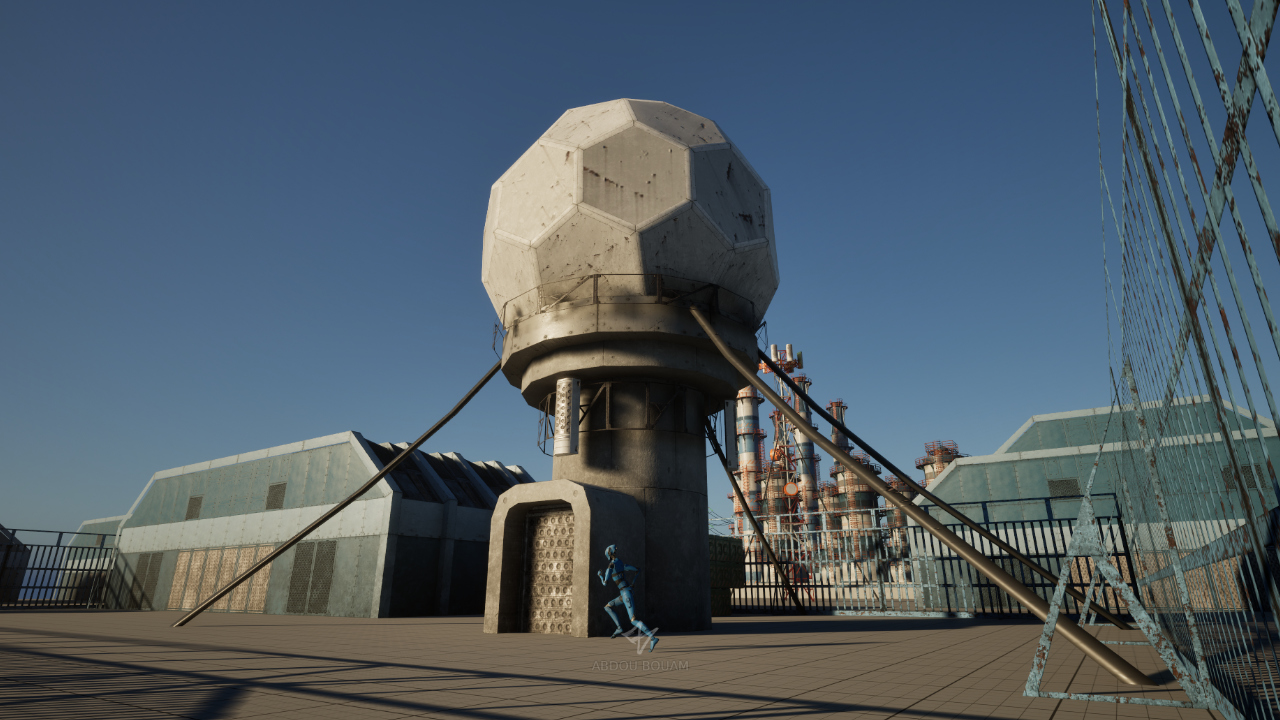
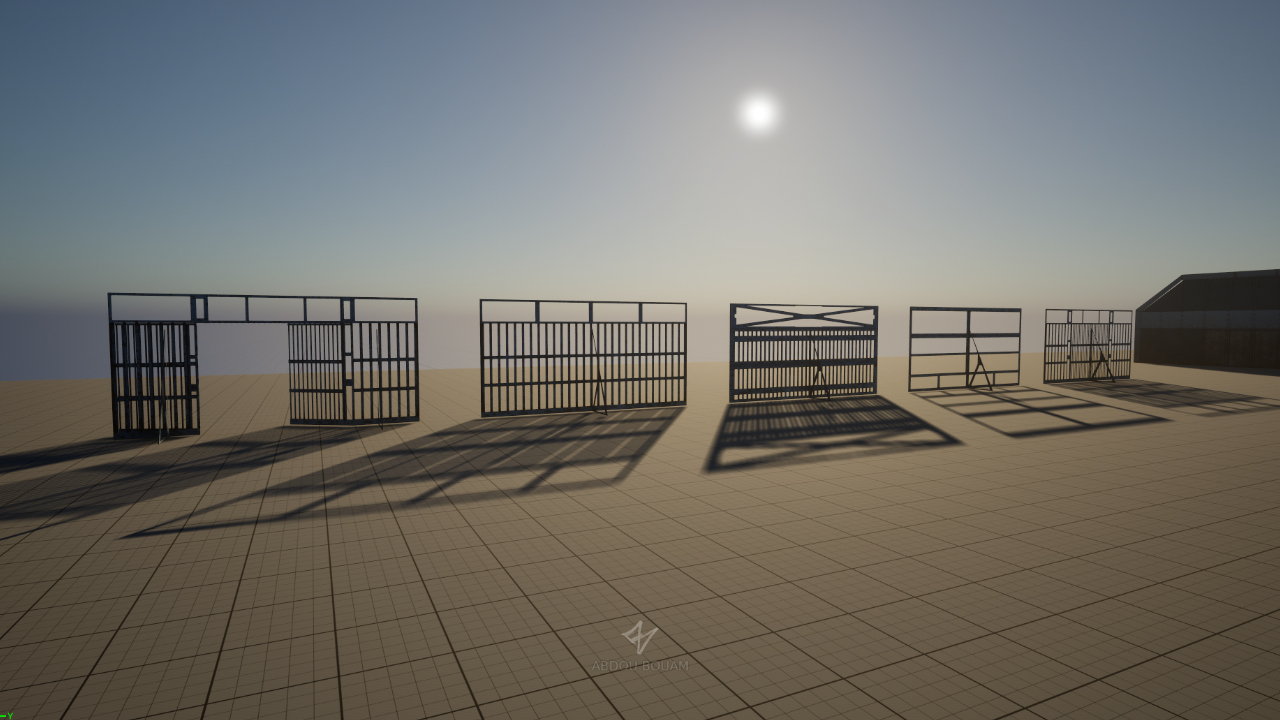
I thought about adding cables procedurally to the power poles. I discovered static mesh sockets and the cable component, so I made a blueprint that uses those to connect an arbitrary number of power poles with predifined sockets with cables. It’s not the best, and performance wise the simulated cables are very taxing, so I’m planning on replacing them with splines I manually deform. But for now it works good enough.
And one high detail prop the player is meant to see from up close. I tried to limit the amount of manual strokes and use mostly procedural effects so that I can reuse the effect in the future. The paint chipping effect is hand-painted though.
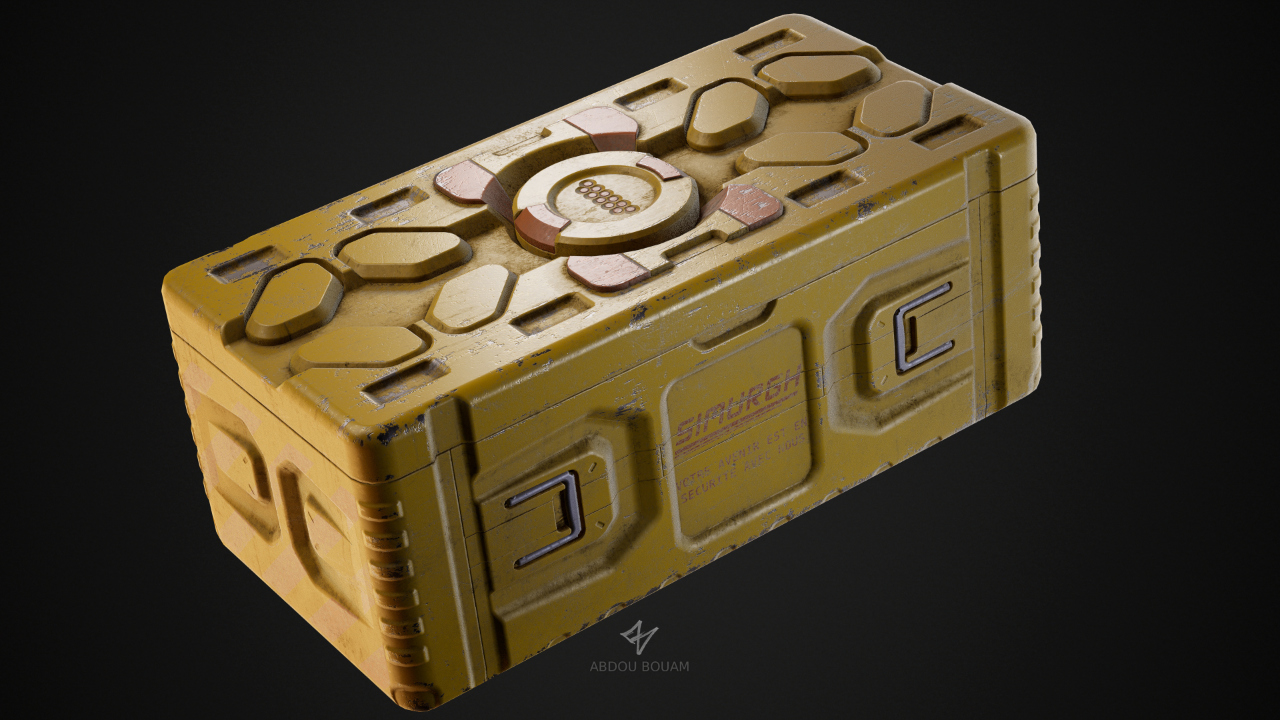
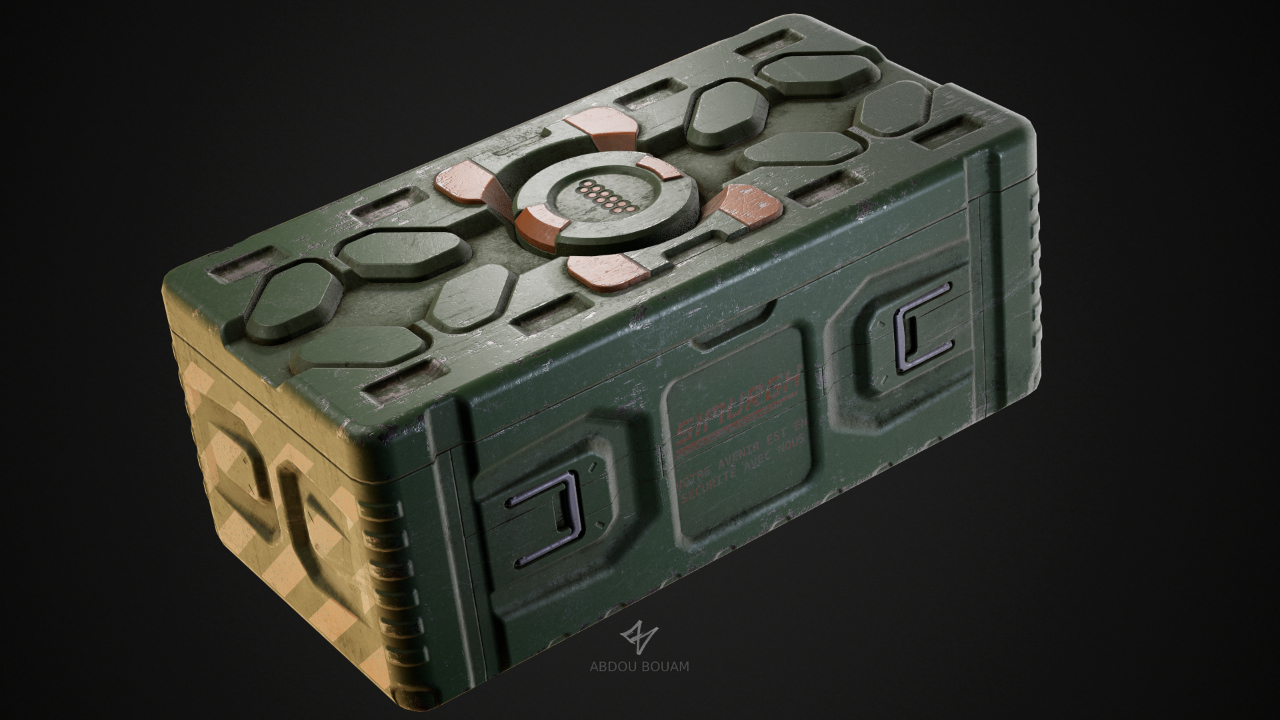
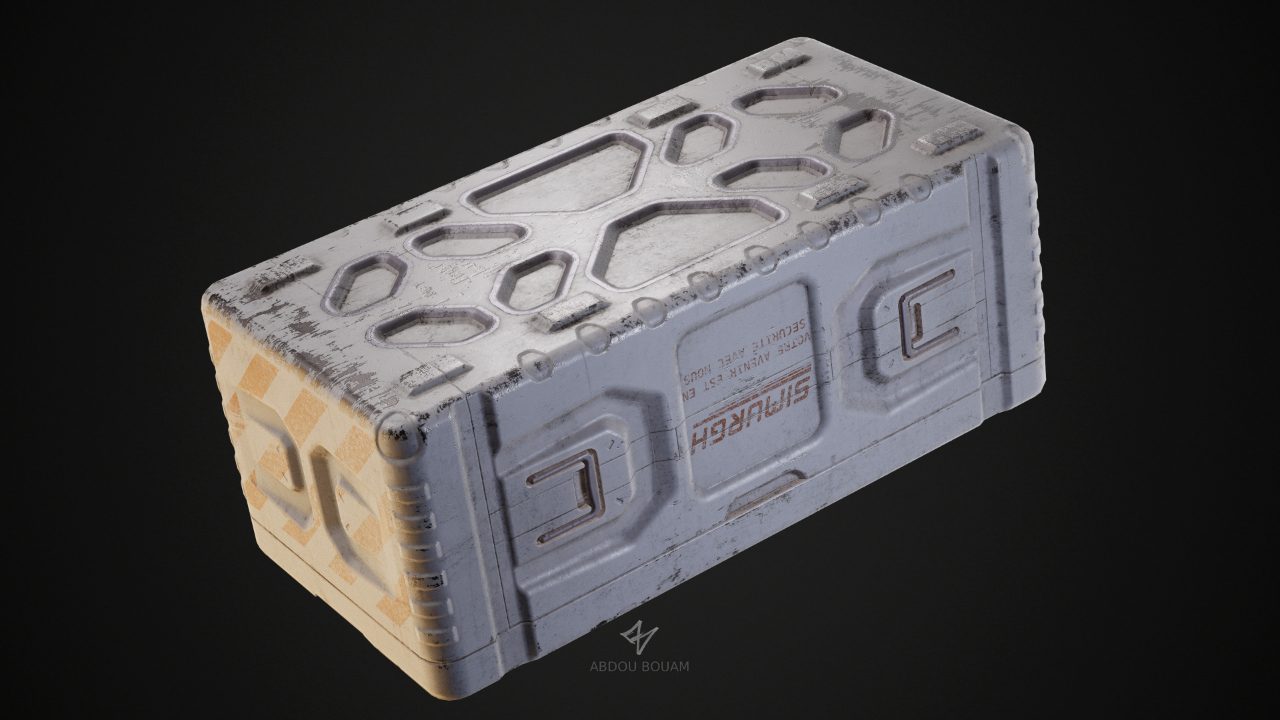
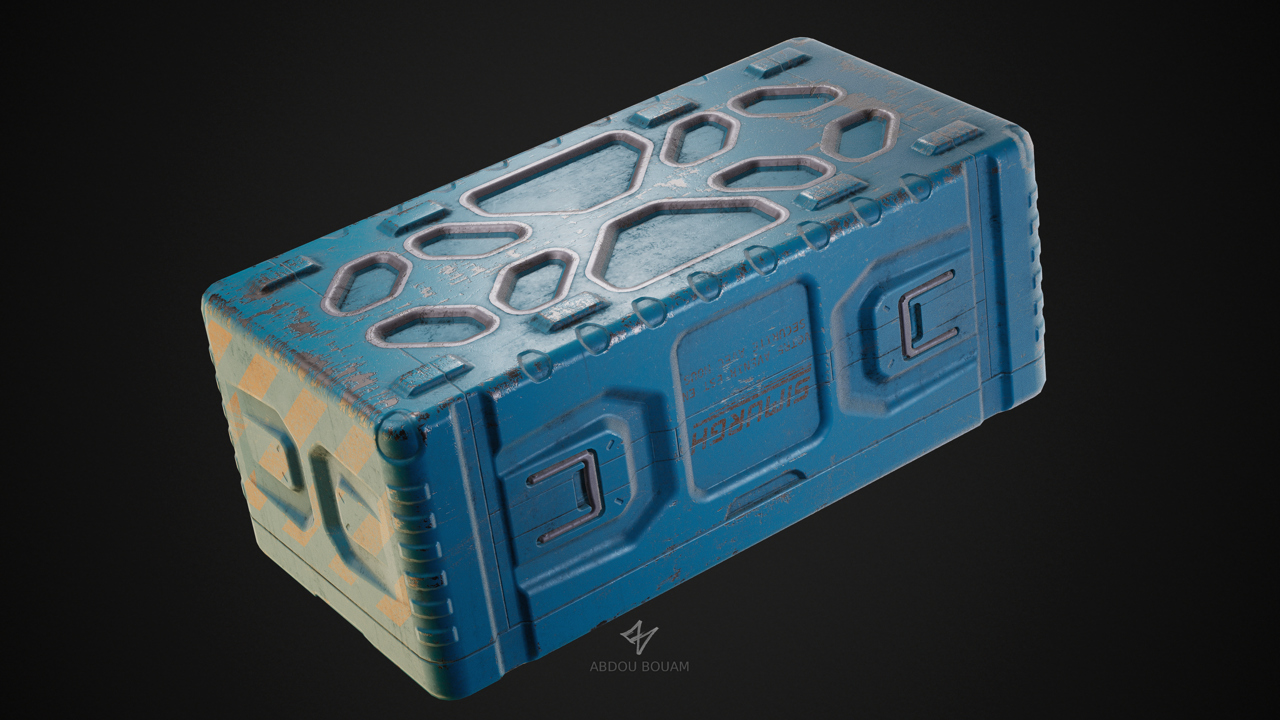
That’s all for this week, thanks for reading. I hope to see you again next week!
